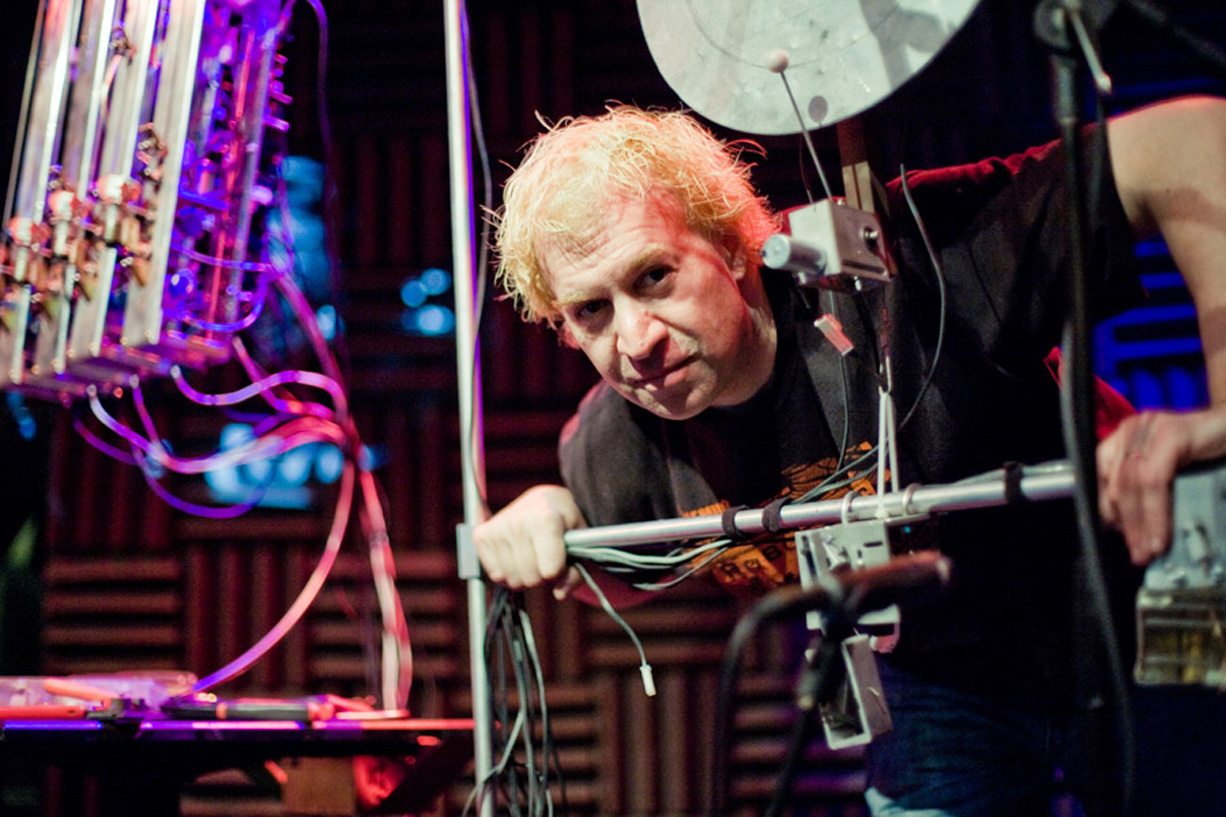 Destroyer: Kaputt (Merge, 1/25/11)
Destroyer: Kaputt (Merge, 1/25/11)
Destroyer: “Kaputt”
[audio:https://alarm-magazine.com/wp-content/uploads/2011/01/06-Kaputt.mp3|titles=Destroyer: “Kaputt”]With nine full-length albums under his belt as Destroyer, Dan Bejar is still managing to find ways to reinvent his lush, self-coined “European Blues” style. Bejar also has made a name for himself writing songs in a different vein for bands such as The New Pornographers and Swan Lake. ALARM contributor Tom Harrison talks to Bejar about his new album, Kaputt, and what lies ahead.
Kaputt reminded me of Station to Station — not lyrically, but they’re both funk/jazz/electronic-style albums from artists who weren’t generally known for that at release. Which artists influenced you to pursue this style?
[David] Bowie sounds so uptight on Station to Station. Not sure cocaine abuse has to go that way. He sounds way younger than I do on Kaputt. I didn’t listen to that or any of his Berlin records, though I like ’em all to varying degrees. I did think about Bowie for the first time in probably a decade — specifically, two songs he did for two very different movies. In order of importance, they are “This Is Not America” (ft. Pat Metheny) and “Absolute Beginners” (12-inch version).
Avalon and Bryan Ferry‘s ’80s stuff was more of an influence on this record, as well as people who started off as major Roxy [Music] acolytes but shucked off that mantle and became way cooler (David Sylvian and Talk Talk). And maybe some minor Roxy acolytes, now that I think about it (Blue Nile) — the electronic songs “Getting Away With It” and maybe “Disappointed.” I always liked those in my youth. Some stuff I’m probably forgetting about…some jazz records, like this one Andrew Hill record whose name I’m forgetting…so good…and a lot of soundtracks.
The songs on Kaputt sound like a definite shift away from the instrumental aesthetics of your earlier work. Was it a conscious decision to write songs that would sound this way?
No, writing for me is unconscious. You know those movies where the private eye has a little tape recorder that he talks to every once in a while in his car as he spies on people? That’s me. Then an album happens. It was a conscious decision to use the instruments, and the specific players of those instruments, that we used and no others. It was also a conscious decision to blend programmed drums and percussion with “played drums.” The choice in synth sounds were pretty conscious and in line with the initial idea of the record.
The idea of getting [soul singer] Sibel [Thrasher] to sing was extremely conscious. But, you know, everything changes no matter what. It was a conscious decision to not question the questionable treatment that I thought these songs demanded, especially since much of it seemed barely recognizable as what I’d learned to call songs.



